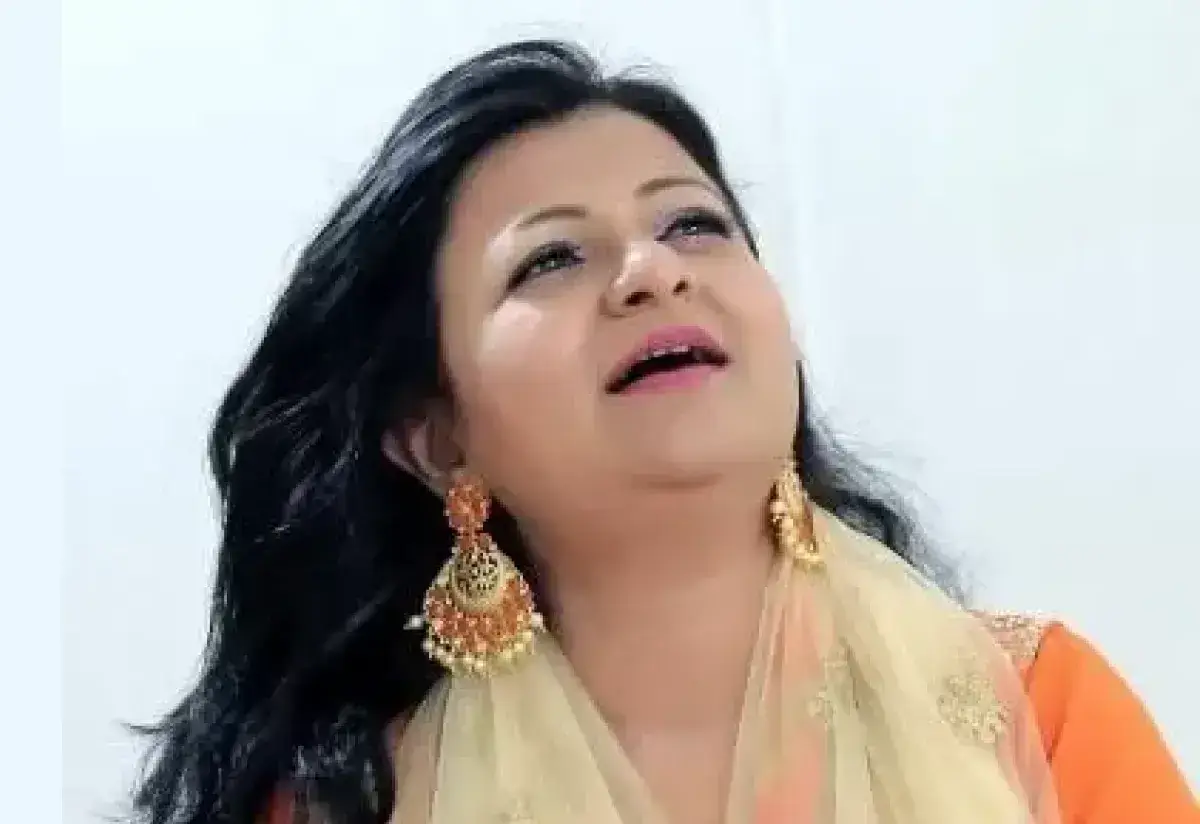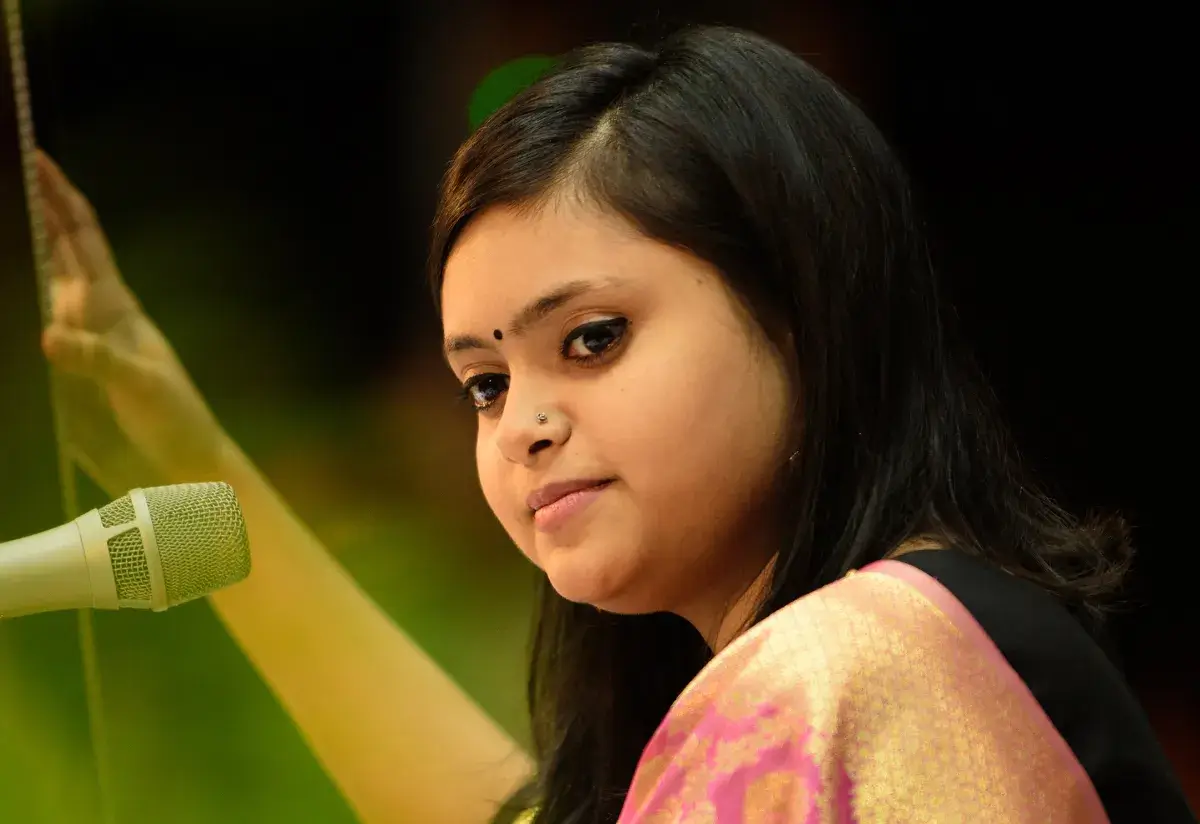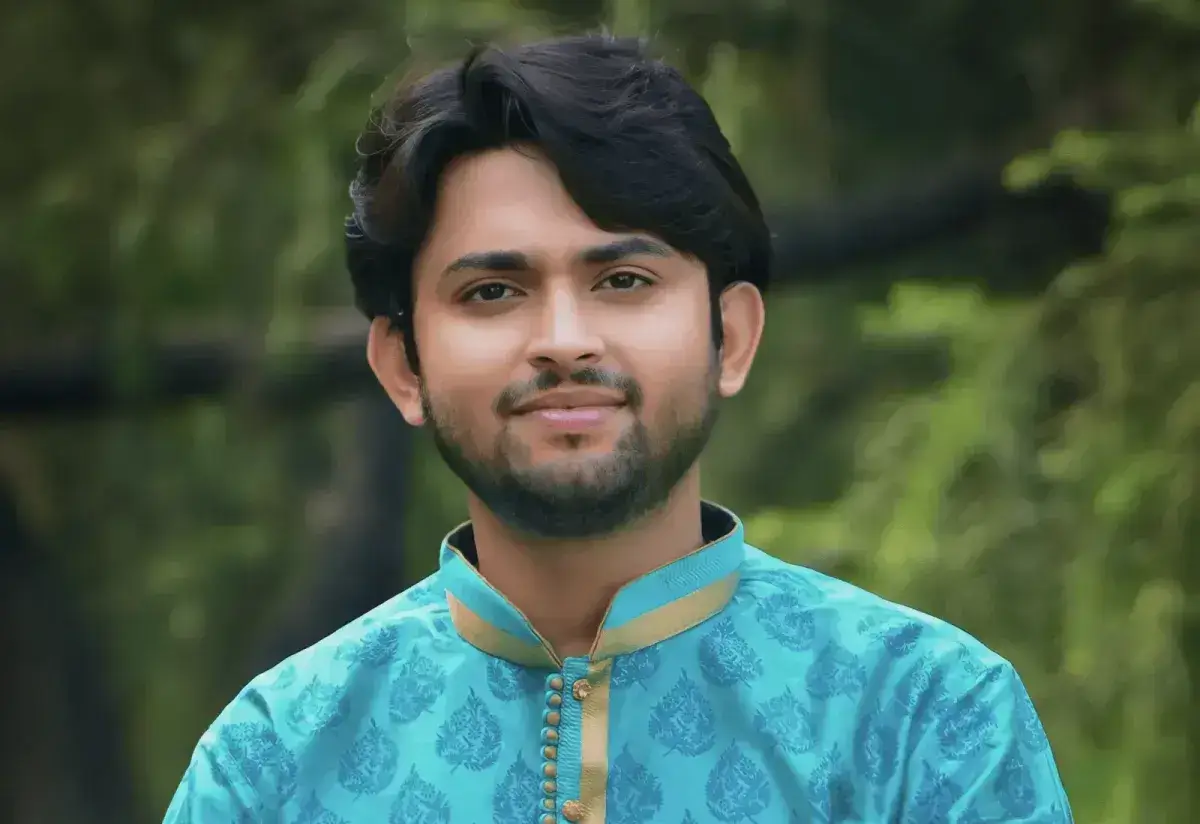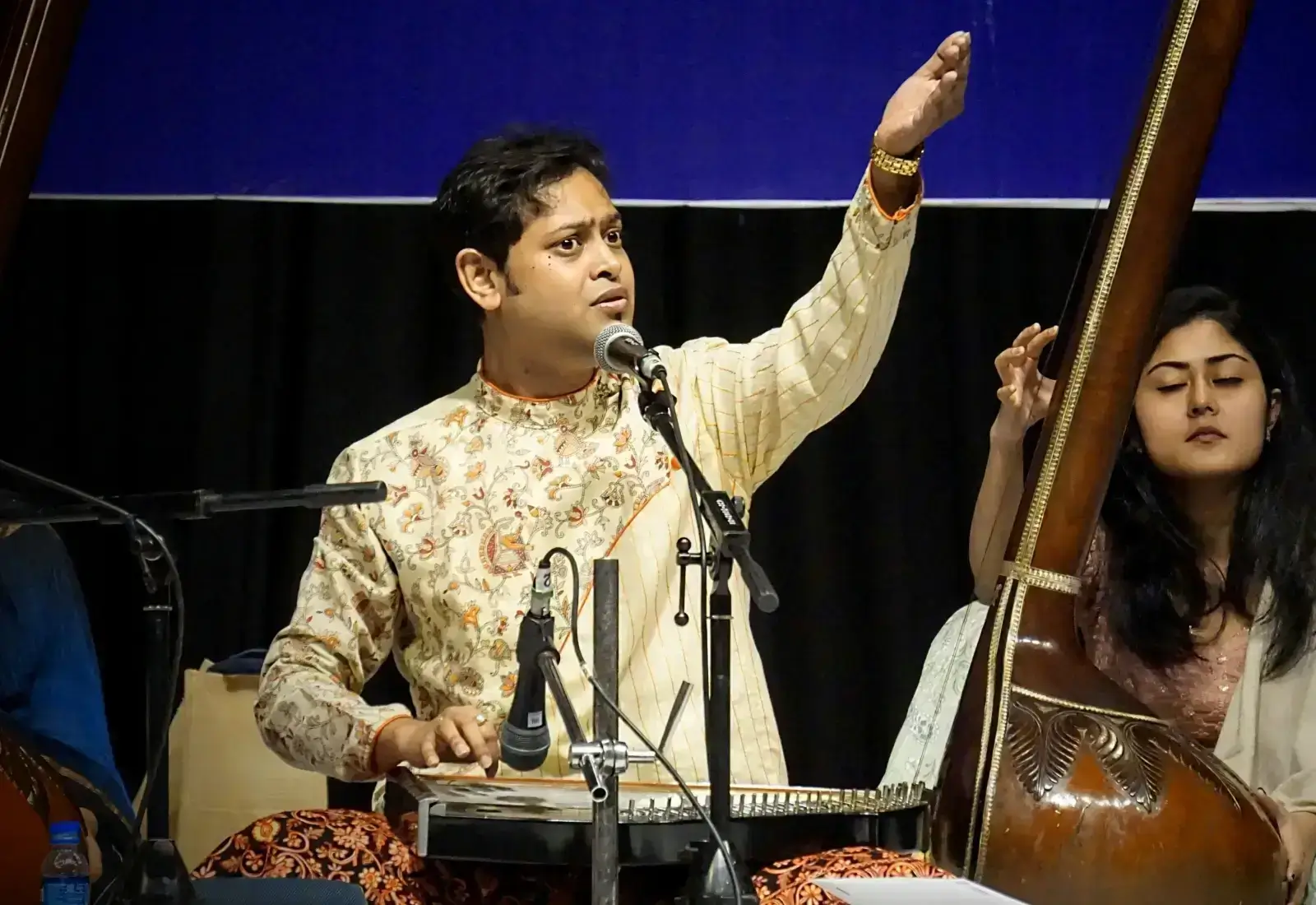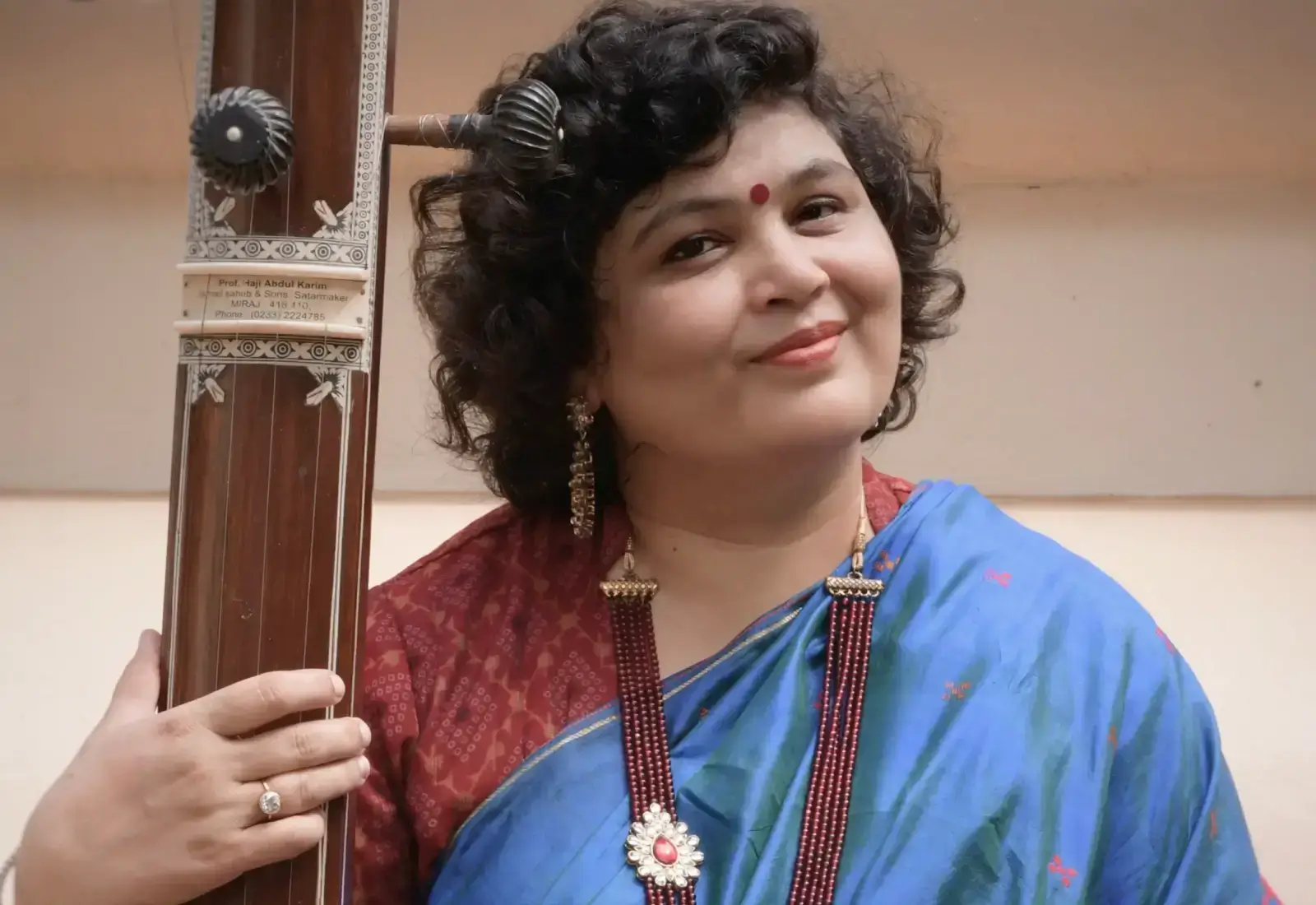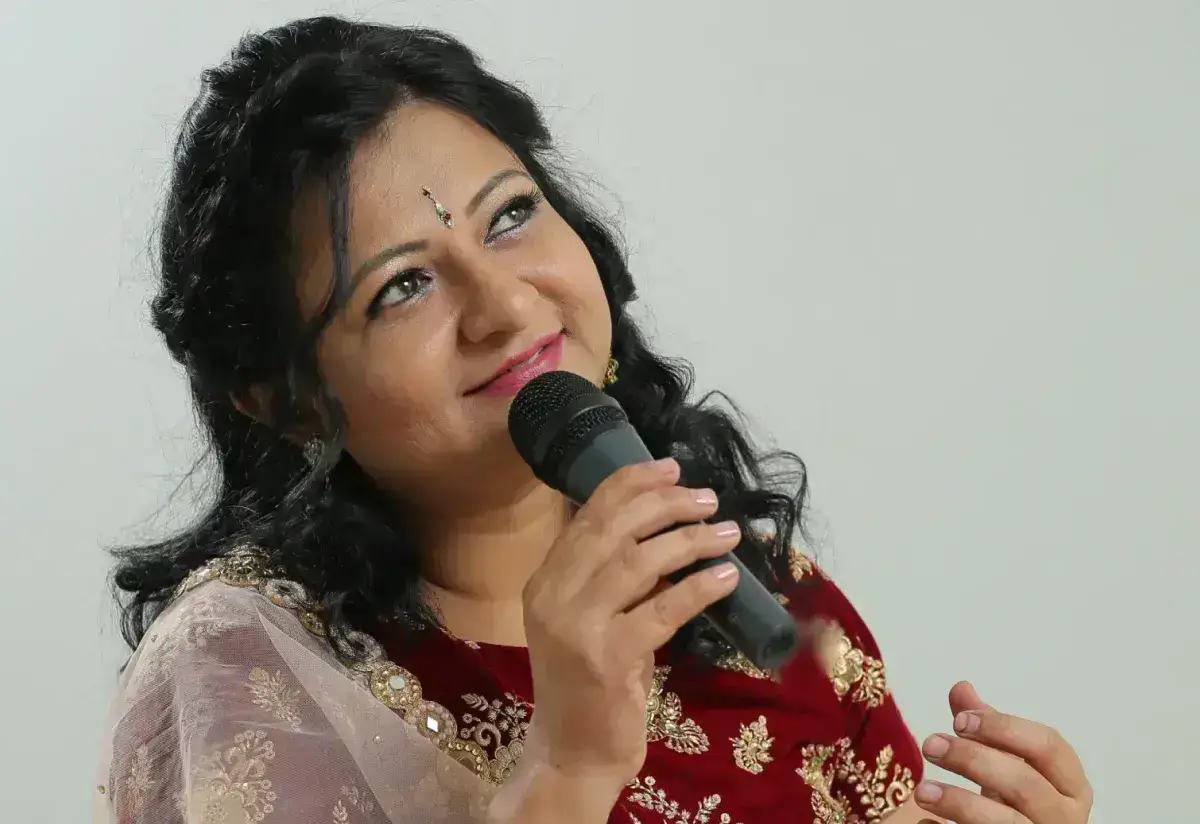Carnatic and Hindustani Classical Music - Highlights, Commonalities and Differences
The two glorious arms of Indian classical music - Hindustani and Carnatic originated from the same source and walked the same path in their initial years.
Later, following the Islamic invasion in North India between the 7th to 12th centuries, Persian and Arabic influences started to become prominent in classical music practices and recitals.
While the practitioners in the northern part of the country embraced the foreign influences, their counterparts down south adhered to the older norms.
As both these disciplines of Indian classical music reigned in their individual spaces, they also evolved to be extremely opulent treasure troves for the entire musical fraternity. The exponents from both these disciplines have contributed profusely to the growth of classical music in India.
Although both the disciplines share the same ancestry, they have several differentiating factors. In this article, we will map the growth journey of both these disciplines to see where and how their paths diverged, and what happened after that.
In ancient India, music had a highly elevating and elaborate structure of recitals that were used for Gandharva music. These were devotional music compositions that were meant to sing praises of Hindu gods and goddesses.
Indian classical music branched out into two different schools - Hindustani classical music and Carnatic music in the medieval era.
Hindustani classical music branched out into several musical forms: Khayal, Dhrupad, and Thumri. Each of these has several gharanas (traditions) that have practiced and contributed to their process of evolution.
3 Core Genres of Hindustani Classical Music
Dhrupad
Derived from the word Dhruvapada which means structured song, Drupad style was used to compose and recite the spiritual hymns in ancient India. It is the earliest and one of the core styles of Indian classical music that finds mentioned in Samaveda.
Dhrupad style of music was also practiced in the Mughal courts, cited in Ain-i-Akbari by Abu Fazl. Later, this genre of music is claimed to have been practiced extensively and evolved in the courts of Man Singh Tomar of Gwalior.
As the name suggests, the essence of Dhrupad or Druvapada comes from Druva (meaning eternal or unmoving) and pada (meaning structure). The rendition of Dhrupad is solemn, spiritually uplifting, heroic, and motivating.
At a later stage, the other genre - Khayal is evolved out of Dhrupad. Khayal adds more flexibility, ornamentation, and imagination to the esoteric and rigid structure of the Dhrupad style of music.
Khayal
Khayal Gayan started cultivating in India as a result of Islamic influences on Indian art and culture. In the early phases of Islamic rulers settling in India, Dhrupad composers and practitioners were invited to Mughal courts to present their repertoire. They performed shared the stage with eminent poets, singers, and music composers from Persia.
And thus the confluence of Arabic and Indian ideologies happened. Persian philosophies like Sufism and the styles of Arabic music infused with the traditional classical music of India gave rise to a new genre that we know as ‘khayal’. The great Sufi poet, philosopher, and music composer, Amir Khusroo has a laudable contribution to the inception of ‘khayal’.
“Khayal’ literally means imagination or ideation in Arabic. That is exactly what ‘khayal’ does to Indian classical music. If Dhrupad was the soul of Indian music - that which was pristine and highly elevated, ‘khayal’ brings in the heart to it - that which is exuberant, vibrant, and free.
The music composition in Dhrupad Gayan had four distinct stages through which a musical piece traversed from start to finish. They are known as - ‘sthayi’, ‘antara’, ‘sanchari’ and ‘abhog’.
The ‘khayal gayan’ keeps just the ‘sthayi’ and ‘antara’ from the Dhrupad style and beautifies it with several other ornamental features of music. To the conventional raga, bandish, and tala of a musical composition, ‘khayal’ adds features like alaap, taan, ‘boltaan’, ‘sargam’, ‘nom tom’, ‘bada khayal’, and ‘chhota khayal’. Hindustani classical music is primarily identified through its rich ‘khayal’ repertoire.
Thumri
The other popular genre of Hindustani classical music is thumri. Thumri style is also used in Khattak dance as it is used in vocal renditions.
Thumri style evolved during the Bhakti movement in India. The recitals blend love with spirituality. Earlier compositions mainly revolve around Radha-Krishna.
The structure of a thumri comprises a bandish that is sung in different ways using varied melodic improvisation and variations. Just like the ‘taans’ in Khayal, a thumri is presented through ‘vistaar’.
Just like a ‘taan’ is elaborated with the help of ‘swara’ or ‘notes’, the ‘vistaar’ in Thumri is done by elaborating each word of the ‘bandish’. Here, the emotion conveyed through the words becomes as important as the vocal and tonal presentation. How beautifully you can emote the same word in different ways - is what defines the vocal prowess and musical acumen of the practitioner.
Carnatic Music
As mentioned above, the Islamic influences changed the pattern of Indian classical music in the northern part of the country and gave it a distinct identity as Hindustani classical music. What remained unchanged in the earlier pattern, was preserved and practiced by the musicians of the southern part of the country. It came to be known as Carnatic music.
Carnatic music is revered for its esoteric singing style. Carnatic music emphasizes identifying ‘nada’, the primordial sound of the universe. Just like the other forms of Indian classical music, the recital rests on the seven ‘swara’. ‘Gamaka’ - oscillating the voice on the same note is a very distinct feature of Carnatic classical music.
Carnatic ragas are of two types - Janaka Raga and Janya Raga. As the name, ‘Janaka’ suggests these ragas are the parent raga. They are the foundation or the roots that give rise to the other Janya raga.
Janaka raga are also known as Melakarta and Sampoorna raga. And there are a total number of 72 ragas including Kalyani. Shankarabharanam, Natabhairavi, Harikhambhoj, and Karaharapriya among others.
Differences Between Hindustani and Carnatic Classical Music
When it comes to comparing the two, the differences between Hindustani and Carnatic classical music weigh more than the similarities. Though the basis of music in both rests on the foundation of the seven ‘swara’, each of these two traditions differs in the way they use the voice and all the other elements that go into composing and rendering a musical piece. Come let’s see how these two arms of Indian classical music walk the same path but in different ways.
Vocal usage
Hindustani classical singers completely shun the usage of nasal voice. The focus is on expressing solely through the vocal chord. Whereas, using a nasal voice is common in Carnatic music.
Hindustani classical music teaches to keep the voice steady on a particular ‘swara’. However, ‘gamaka’ - a style of swaying a voice on a ‘swara’ over and over is a significant ornamentation technique that is used by the Carnatic classical music practitioner.
Melodic Improvisation and Ornamentation
The ‘alaap’/ ‘alankaar’ - the elements used for the melodious improvisation in Hindustani music are mostly done through ‘Aa’kar’ with just one exception of ‘Nom-Tom ka alaap’ that is practiced in the Agra Gharana.
In Carnatic music, words like ‘Na, Ra’ are used for the same purpose.
Hindustani classical music uses ‘gamaka’ sparingly to create very mild shadowing effects on the notes. The more prevalent feature in Hindustani classical is ‘murki’. Murki is a way of making the voice go-round on a particular word or ‘bol’.
As compared to this, Carnatic music uses ‘gamaka’ and ‘kampita gamaka’ - where the voice is oscillated and vibrated on the same note.
Shruti
‘Shruti’ refers to the tones and semi-tones in music. There are a total number of 22 ‘shrutis’. These form the basic structure of both the music traditions. However, only 12 ‘shrutis’ in Hindustani classical and 16 in Carnatic classical are put to use while teaching and also while practicing.
Gayan Samay or Time for Rendition
There is a specific time for practicing each ‘raaga’ of Hindustani classical music. However, there are no such constraints in Carnatic music.
Pitch
In both traditions, the notes are sung at different pitches. They are classified as ‘Shuddha swara’ and ‘Vakra swara’.
The only two ‘achal swara’ - ‘Sa or Shajda’ and ‘Pa or Pancham’ remain fixed and are sung in Suddha swara. All other notes are sung in Suddha as well as Vakra - that is one pitch higher or lower from the Suddha swara.
In Hindustani classical, the Ma or Madhyama is also sung at a pitch higher by one note. It is called ‘Teebra Madhyam’. All other ‘swara’ Rishabh, Gandhar, Dhaivat, Nishaad are sung at a pitch lower by one note.
The variation of pitches in Carnatic music, however, is a little more elaborate. Apart from the Suddha swara that is the same as it is sung in Hindustani classical music as well, the other varying pitches in Carnatic music include -
- Rishabh - Chaturshruti, and Shatshruti.
Likewise,
- Gandhara - Sadaran and Antara Gandhara
- Madhyama - Prati Madhyama
- Dhaivata - Chaturshruti, and Shatshruti
- Nishada - Kaishiki, and Kakali Nishadam
Rhythmic Cycle or Taal
There are some basic commonalities shared by both Hindustani and Carnatic music. The rhythmic beats or ‘bol’ are demonstrated with the help of claps, finger counting, and swaying of the hands. The concepts of ‘sam’ and ‘khali’ are the same in both traditions.
Hindustani classical music uses Pakhawaj and Tabla as traditional instruments, whereas Carnatic music uses Mridangam or Pakhawaj to maintain the rhythm and tempo throughout the rendition.
In Carnatic music, there are 7 core taal, whereas Hindustani music has 12 taal. Several other differences include the way the ‘bol’ is written and expressed in both traditions. The essence of the beats being the same, minute nuances set the two traditions apart from each other.
Language
The musical compositions for Hindustan classical music are written in Sanskrit, Hindi, and Braj bhasha along with regional languages - Gujarati, Marathi, Odia, Bengali, Marwadi, and Punjabi.
Likewise, Carnatic music is primarily written in Sanskrit and local languages - Kannada, Malayalam, Telegu, and Tamil. Some recent developments have also witnessed the inclusion of Marathi abhangas in Carnatic music recitals and also Bhajans written in Hindi.
Thaat and Melakarta
Both these terms refer to the same thing - the progenitor or parent raag that gives rise to a whole lot of other ragas in both traditions. Hindustani classical uses the term Thaat while the Carnatic tradition calls it Melakarta. There are 72 melakarta compositions in Carnatic music, whereas there are 10 thaat in Hindustani music.
Raga
The ragas of Carnatic music are based on 16 shrutis. The Carnatic ragas are more in number as compared to Hindustani music tradition. The Carnatic compositions are structured based on pure mathematics whereas Hindustani music is led by inspiration from the surroundings.
The musical compositions are presented using the three core styles that include - Dhrupad, Khayal, and Thumri.
Carnatic classical is presented through Kritis - which primarily forms the raga composition.
The essence of the Carnatic ragas is primarily devotional.
The recital is proceed phrase by phrase in Carnatic music as opposed to Hindustani music that is developed note by note.
Ending notes…
Both the traditions of Indian classical music have walked a long path, withstood the test of time, and have even been the witness to the crest and fall of empires. Both the traditions have given some of the most celebrated musical maestros who have also given back through their incredible contributions.
Both - Hindustani classical music and Carnatic classical music are distinguishable. Through they started their journey from the same source, their path does not cross anymore. While the essence of music, rhythm, tempo, and timing of the compositions remain the same, the vivid detailing and nuances in expressions, style, and recital set one apart from the other.
Both traditions rule the roost in their individual spaces. Exchange of knowledge has also taken place with initiatives of practitioners of both the traditions that have only helped to enrich them further. Both have always earned accolades for music lovers from all across the world and with dedicated pursuers of music committing to these musical traditions, may both the traditions propel their expanse till eternity.


